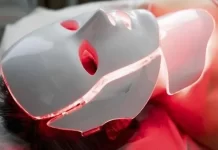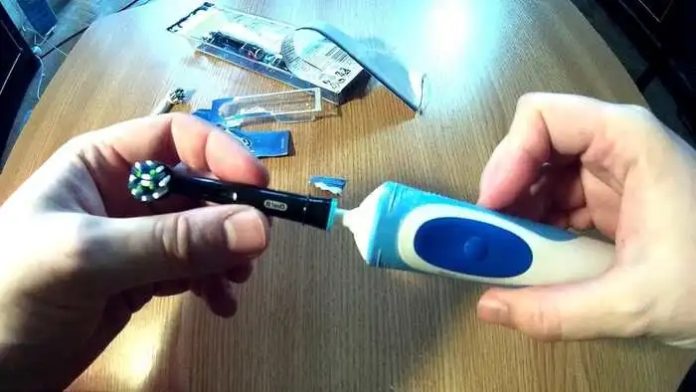Electric toothbrushes have revolutionized the way we maintain oral hygiene, offering advantages like effective cleaning, functionality, and overall efficiency. However, to continue enjoying these benefits, it’s crucial to replace the brush head regularly. But do you know how often you should do that?
The general recommendation is to replace the brush head every three months or 12 weeks. Failing to do so could result in adverse effects on your oral health. This article outlines why it’s important to replace the brush head periodically and provides tips on maintaining your electric toothbrush for optimal oral care.
Advantages of an Electric Toothbrush
Electric toothbrushes offer several upsides over manual ones, especially when the brush head is replaced regularly. These advantages include:
- Efficient Cleaning: Electric toothbrushes generally clean better than manual ones. They feature rotating or oscillating heads for more comprehensive and consistent cleaning. Many also come with built-in timers and pressure sensors to ensure optimal brushing.
- Easier Brushing: Electric toothbrushes require less effort than manual ones, making them more user-friendly. Just press a button, and you’re good to go. Some even come with built-in timers to ensure you brush for the recommended two minutes.
- Reduced Risk of Gum Disease: Electric toothbrushes excel at plaque removal, significantly reducing the risk of periodontitis and other gum diseases.
- Beneficial for People with Limited Mobility: Those with conditions like arthritis or carpal tunnel syndrome may find electric toothbrushes easier to handle.
- Enhanced Oral Health: Overall, using an electric toothbrush can lead to healthier gums, fewer cavities, and a brighter smile.
Why Replace Electric Toothbrush Heads?
Research, such as a 2013 study by Conforti et al., has found that new toothbrush heads remove more plaque than older, worn-out ones. Experts like Dr. Dena, an Encinitas Orthodontics dentist, recommend replacing brush heads every three months or sooner. Here are some reasons why:
- Bacterial Build-up: Over time, the moist environment of a toothbrush can lead to bacterial accumulation on the bristles, potentially causing infections or other health problems.
- Wear and Tear: Used bristles lose their effectiveness over time, which can lead to less efficient cleaning and possible damage to tooth enamel.
- Health Concerns: If you’ve been sick with the flu, a cold, or another infection, replacing the toothbrush head can prevent recontamination.
Factors Affecting Replacement Frequency
Several elements could influence how often you should replace your brush head:
- Usage: If you brush more than twice a day, you may need to replace the head more frequently.
- Pressure: Applying too much force while brushing can wear out the bristles quicker.
- Dental Health: Individuals with specific dental issues might be advised to replace their toothbrush heads more often.
Maintenance Tips for Electric Toothbrush Heads
To extend the life of your brush head, consider the following:
- Rinse Thoroughly: Always rinse the brush head with water after each use.
- Store Properly: Keep the brush head in a clean, dry location.
- Avoid Sharing: Never share your brush head with anyone else, as it can lead to bacterial transfer.
- Regular Cleaning: Occasionally soak the brush head in a mixture of water and vinegar or hydrogen peroxide, followed by a thorough rinse.
In summary, aim to replace your electric toothbrush head every 3-4 months to maintain optimal oral health. Worn or damaged bristles can lead to gum issues and even tooth decay, so regular replacement is key.
I hope you find these tips helpful for maintaining your electric toothbrush effectively. Thank you for reading! Keep smiling!































